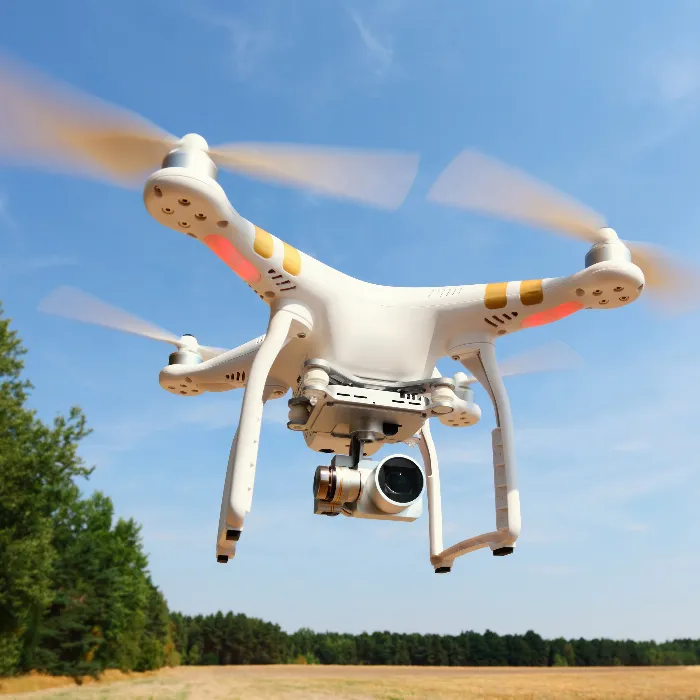If you want to conquer the skies with your drone, the question inevitably arises: How high are you actually allowed to fly? In doing so, there are not only legal regulations to consider, but also practical considerations that are crucial when planning your flight activities. In this guide, you will learn everything important about altitude for drones, so you can photograph safely and in compliance with regulations.
Key Findings
- You must fly within visual range and adhere to legal requirements.
- Consider the right of way of other aircraft such as airplanes and helicopters.
- Weather conditions and wind conditions at higher elevations can vary significantly.
Step-by-Step Guide
Understanding Legal Requirements
The legal framework clearly defines how high you are allowed to fly in public airspace. In Germany, for example, you must fly your drone within visual line of sight. This means you must be able to see and control your aircraft at all times. There is also a maximum altitude, usually around 100 meters above ground, depending on specific regulations in your area.

Right of Way of Other Aircraft
As a drone pilot, you are not the only one using the airspace. Airplanes and helicopters have the right of way and typically fly at higher altitudes. Therefore, you need to plan your flight route in such a way that you avoid these aircraft. It is important to familiarize yourself with the airspace and the traffic rules there. Otherwise, it could lead to dangerous situations.
Check Wind and Weather Conditions
Wind conditions at different altitudes can vary significantly. While it may be calm at ground level, you could experience strong updrafts or turbulence at 100 meters high. These factors can impact your control over your drone. Therefore, it is crucial to carefully check the weather conditions before flying. Pay attention to wind speeds and possible weather changes before you take off.
Conduct Pre-Flight Checks
Before you launch your drone, you should perform a thorough pre-flight check. This includes not only checking the legal requirements and visibility conditions but also inspecting your drone for technical defects. This can have a significant impact on the safety and success of your shots. Do not neglect this because poor planning can mean that your drone gets lost.
Summary - Drone Photography for Beginners: Choosing the Right Altitude
You have now learned the essential information about the optimal altitude for your drone. It is crucial to consider the legal requirements, the right of way of other aircraft, wind conditions, and the technical aspects of your drone so that you can fly safely and successfully. With the right preparation, nothing stands in the way of your exciting drone flight.
Frequently Asked Questions
How high can I fly with my drone?You are generally allowed to fly up to 100 meters high, provided that the laws and local regulations allow it.
What should be considered regarding the right of way for aircraft?Airplanes and helicopters generally have the right of way and must be taken into account when planning your flights.
How do wind conditions affect my drone?Wind conditions can vary greatly at higher altitudes, which can jeopardize your control of the drone.
Why is a pre-flight check important?A pre-flight check helps you identify relevant technical issues and safety risks before takeoff, making flying safer.


